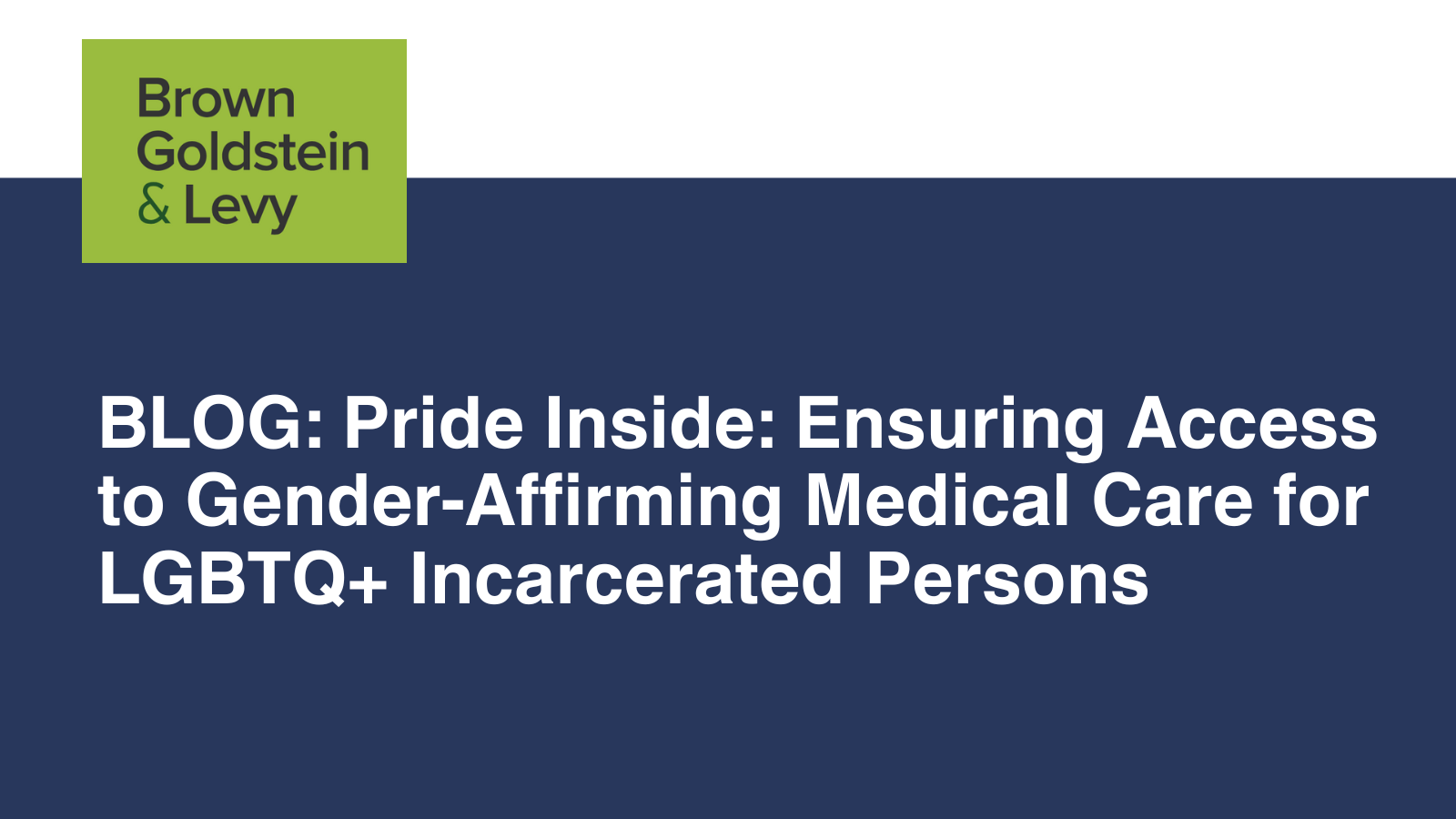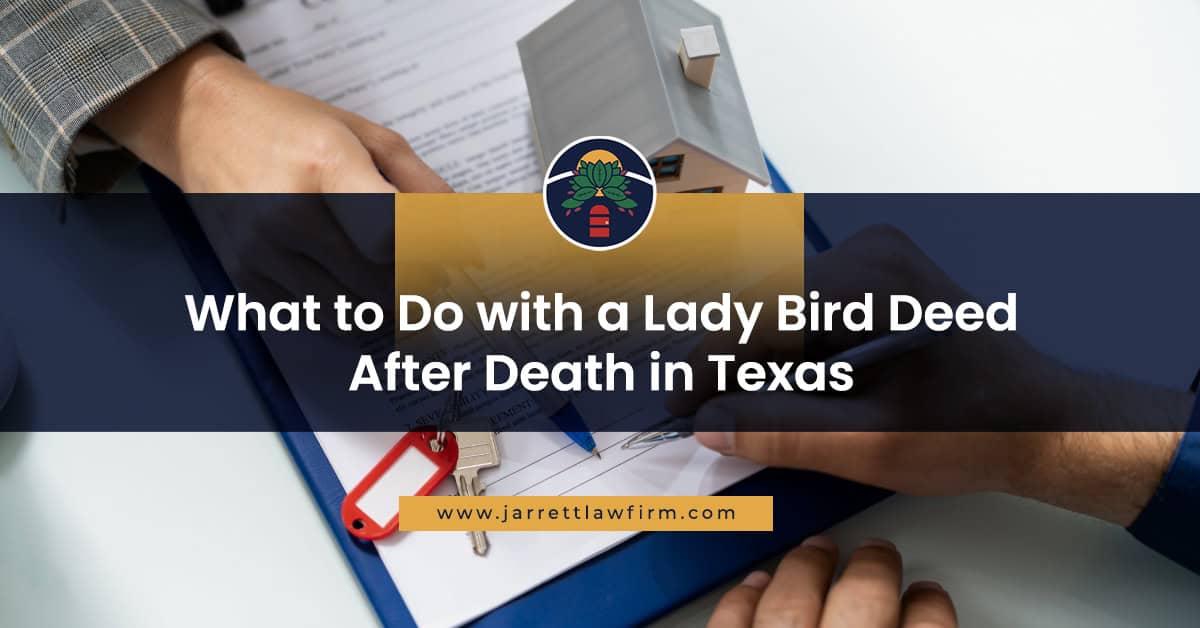The Future of Randolph-Sheppard Act Regulations in the Wake of Chevron’s Overruling. – Technologist
By Monica Basche
The Supreme Court recently issued an opinion, Loper Bright Enterprises v. Raimondo, that eliminated the requirement that courts give deference to a federal agency’s interpretation of the laws that it is tasked with enforcing—what you might’ve heard called “Chevron deference.” But why is this such a big deal? And what effect will this have on the Randolph-Sheppard Act regulations?
What is Chevron deference?
Federal government agencies are tasked with enforcing the laws that Congress has passed. Oftentimes, this means putting in place regulations that govern specific areas and industries. For example, the U.S. Food and Drug Administration is responsible for making sure that food and drugs that are sold in this country are safe, and in the case of drugs, effective. To do this, the FDA puts regulations in place that the food and drug industry must follow.
Sometimes the law Congress passes specifically grants authority to the agency to draft regulations or tasks it with drafting regulations. At other times, Congress isn’t as specific, and an agency acts within its broad authority to put regulations in place. Chevron deference was created to address this second category of laws.
In 1984, the Supreme Court decided Chevron v. Natural Resources Defense Council, the landmark case that announced the two-step test to help courts decide when to defer to a federal agency’s interpretation of the law Congress tasked it with enforcing or implementing. The first step of the Chevron test requires courts to consider whether the law is “ambiguous.” If the law, by its plain language, clearly grants an agency with the authority to draft regulations, then the courts’ analysis ends. If the law is ambiguous, however, under Chevron step two, courts must defer to the agency’s interpretation of the law, even when they might have another interpretation, unless the agency’s interpretation is unreasonable.
Why did the Supreme Court overrule Chevron and why does it matter?
In Loper Bright, the Supreme Court concluded that Chevron conflicts with the U.S. Constitution and the Administrative Procedure Act (“APA”). What does this mean in plain English? I’ll try to break it down for you.
When we were kids in social studies class, we all learned that there are three branches of the federal government: the Executive, Legislative, and Judicial, and that each branch was responsible for a different function of our government. The Legislative Branch—Congress—passes the laws, the Executive Branch—the President and federal agencies—enforce them, and the Judicial Branch—the courts—interpret them. In the Loper Bright case, the Supreme Court concluded that requiring the courts to defer to an agency’s interpretation of a law, meaning the Executive Branch’s interpretation, improperly gave the Executive Branch the power to interpret the law, which is something only the Judicial Branch is allowed to do.
In 1946, Congress enacted the APA, which governs when and how federal government agencies can take certain actions, how those actions (or inaction) can be challenged, and the review courts are to conduct when agency actions (or inaction) are challenged. There are many sections to the APA, but the relevant part instructs courts that “to the extent necessary to decision and when presented, the reviewing court shall decide all relevant questions of law, interpret constitutional and statutory provisions, and determine the meaning or applicability of the terms of an agency action.” 5 U.S.C. § 706. It further instructs courts to “hold unlawful and set aside agency action, findings, and conclusions found to be . . . arbitrary, capricious, an abuse of discretion, or otherwise not in accordance with law.” 5 U.S.C. § 706(2)(A). Because the APA instructs courts to set aside an agency action under these circumstances, the Supreme Court concluded that the deference courts give to agencies under Chevron conflicts with the APA.
What does the overruling of Chevron have to do with the Randolph-Sheppard Act?
In the wake of the Loper Bright decision, people are wondering which regulations will face legal challenges. It is the second category of laws—where Congress did not specifically instruct an agency to write regulations—that will likely face the most challenges. Fortunately, the Randolph-Sheppard Act doesn’t fall into this category. The statute has two provisions that unambiguously delegate the Secretary of Education with the task of enacting regulations that grant priority to blind licensed vendors to operate vending facilities on federal property.
First, the Randolph-Sheppard Act directs the Secretary of Education to prescribe regulations to ensure that priority is given to licensed blind persons and that, whenever feasible, one or more vending facilities are established on all federal property. See 20 U.S.C. § 107(b). Second, the Act requires the Secretary of Education to enact regulations establishing priority for the operation of cafeterias when the Secretary determines, after consultation with the head of the appropriate federal property, that such an operation can be provided at a reasonable cost with food comparable in quality to that currently provided employees. See 20 U.S.C. § 107d-3(e). Both of these provisions use the phrase “the Secretary . . . shall prescribe regulations.” In Loper Bright, the Supreme Court pointed to statutes with similar, mandatory language as instances in which Congress clearly delegated an agency with authority to draft regulations. Loper Bright Enters. et al v. Raimondo, No. 22-451, slip op. at 17–18 (U.S. June 28, 2024)
The Randolph-Sheppard Act regulations that the Department of Education put in place using its authority under these statute were challenged before in two cases (in which BGL represented parties that prevailed on appeal): NISH v. Cohen, 247 F.3d 197 (4th Cir. 2001), and NISH v. Rumsfeld, 348 F.3d 1263 (10th Cir. 2003). In both cases, the court relied on Chevron deference to conclude that the Act expressly granted the Department of Education the discretion to enact the regulations it had put in place that defined “vending facility” to include military mess halls. Cohen, 247 F.3d 202–04; Rumsfeld, 348 F.3d at 1266–70. Even though the Supreme Court eliminated Chevron deference, it leaves intact deference to agency discretion when Congress has “expressly delegated” that discretion to the agency. Because the Randolph-Sheppard Act contains express delegations from Congress to the Department of Education to draft regulations, those regulations are likely to withstand legal challenges brought under Loper Bright.
This is not to say that the Act’s regulations won’t be subject to legal challenges in the post-Chevron legal landscape. We’re now in uncharted territory, but the Randolph-Sheppard Act team at BGL—Andrew D. Freeman, Neel K. Lalchandani, and Monica R. Basche—are here to help if and when the Act’s regulations face challenges, or if you are a State Licensing Agency or blind vendor encountering legal issues with the application of the Act. Please contact us today to learn how we may assist you.


